Bionanomachines are fascinating nanoscale machines made from biological molecules, typically proteins, lipids, RNA and DNA. In nature they carry out an amazing array of tasks from copying your DNA to converting light into energy. In our lab we are interested in understanding, designing and building natural and artificial bionanomachines. We use a mixture of biochemical, structural and computational techniques plus the most important ingredient: imagination. Currently we are particularly interested in the natural machine DNA gyrase both because of its fascinating and intricate mechanism but also because it is an important target for development of new antibacterial drugs. We are also building artificial structures from proteins and DNA with the aim of developing Programmable Biological Matter. This describes artificial nanoscale biological material which can be programmed to move on demand. This will be useful for new materials and particularly medical use for example in effective vaccines and smart drug delivery systems which may one day be used as effective disease treatments in particular for age-associated diseases.
We have many collaborators, some of our active collaborators are listed here (apologies to those we have forgotten!)

Fearless Leader.
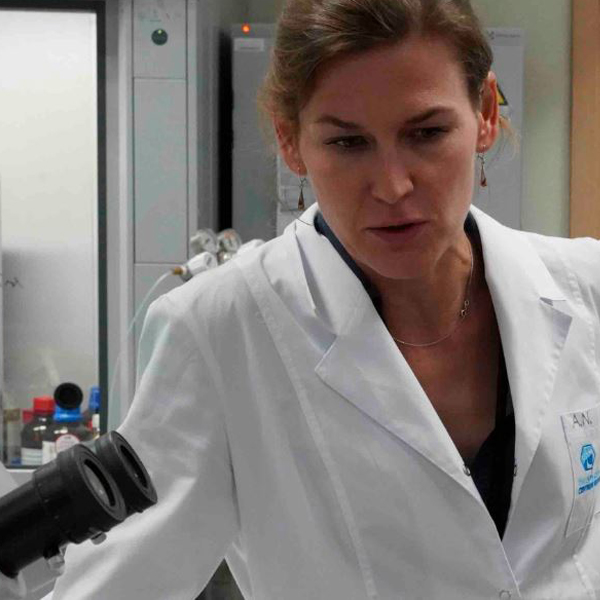
My work focuses on developing the of virus-like particles (VLPs) as vaccines, smart drug delivery systems, RNA protecting capsules, and others. Currently I’m particularly interested in developing VLPs originating from feline and human coronaviruses. I’m also involved in investigating VLPs originating from a bacteriophage and “artificial” protein cages and their potential applications.
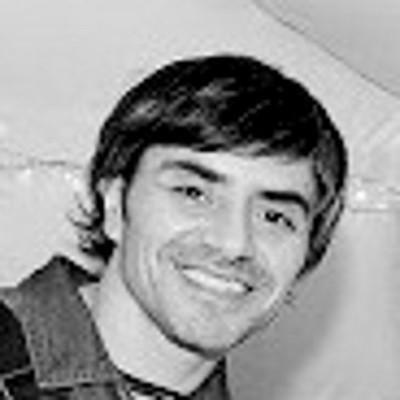
At Centro de Estudios Cientificos, Valdivia, Chile; my research focused on studying the structure and function of members of the ClC family of chloride channels and transporters. Afterwards I moved to Ireland where I obtained my PhD degree in molecular medicine at The Royal College of Surgeons in Ireland, studying the regulation of the Epithelial Sodium Channel function by steroidal hormones. Also in Ireland, as part of my postdoctoral studies, I worked at Systems Biology Ireland developing a synthetic signalling cascade; and then at the International Centre of Neurotherapeutics in pain research.
In 2021 and joined Heddle’s lab where I am currently helping in our efforts to develop novel DNA/ lipid and DNA/ lipid/ protein nanostructures.
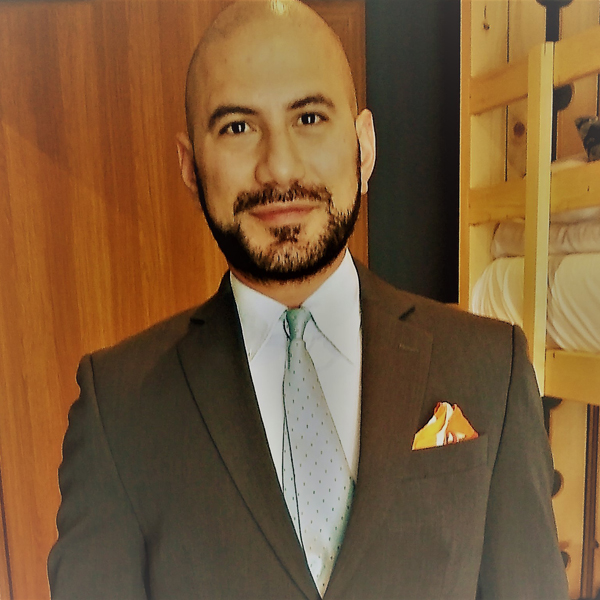
Julian works in the Heddle laboratory as a Senior Postdoctoral Fellow who won the prestigious
‘young doctor’ fellowship (mtody doktor in Polish) from the TEAM funding scheme of the Foundation for Polish Science. This extremely generous funding allows Julian to further his career extending his already lengthy experience in advanced biochemistry, biophysics and biotechnology.
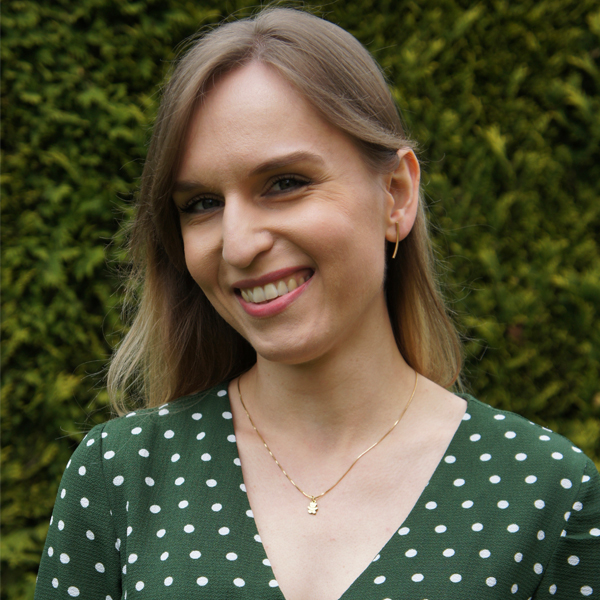
I am a PhD student with a background in molecular biology currently working on engineering of artificial protein cages for biomedical applications. I’m particularly interested in different encapsulation strategies and interface modifications of protein cages which can be applied in drug delivery systems. Apart from being a part of Heddle Lab I am also working as a Scientist in nCage Therapeutics company where I further develop TRAP-cage technology for its therapeutical use.
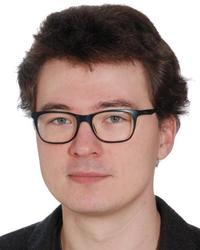
I am a PhD student in the Gyrase subgroup. In my work I focus on pentapeptide repeat proteins that can protect DNA Gyrase from inhibition by antibiotics such as fluoroquinolones. Understanding this resistance mechanism could lead to novel therapeutic approaches against pathogens such as Mycobacterium tuberculosis. Previously I graduated from Jagiellonian University and obtained master’s degree in biotechnology. Privately I am a horrible bookworm and passionate cyclist. resistance for quinolone drugs to bacterial DNA gyrase. Privately I am in love with mountains and any activities connected with them.
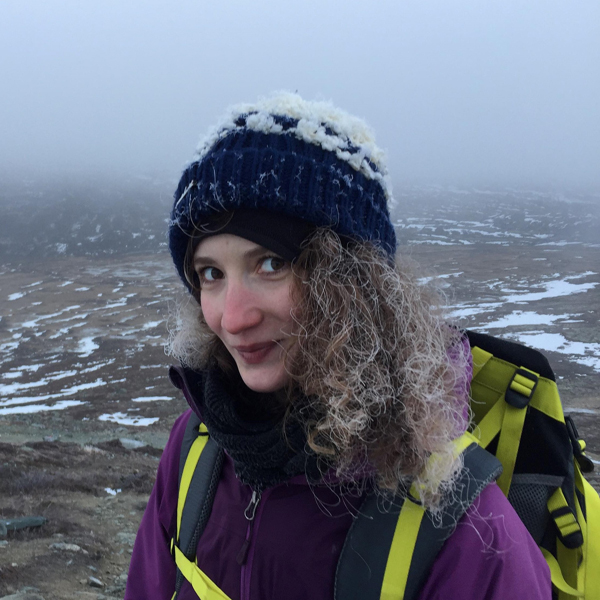
I am a postdoctoral researcher working in the Azuma subgroup that focuses on a cage-forming lumazine synthase, its redesign, directed evolution, and understanding the assembly process of this enzyme under different conditions. I am primarily involved in research on utilizing lumazine synthase as a container for encapsidic production of proteins that are difficult to express due to their cytotoxicity, misfolding tendencies, or susceptibility to proteolytic degradation.
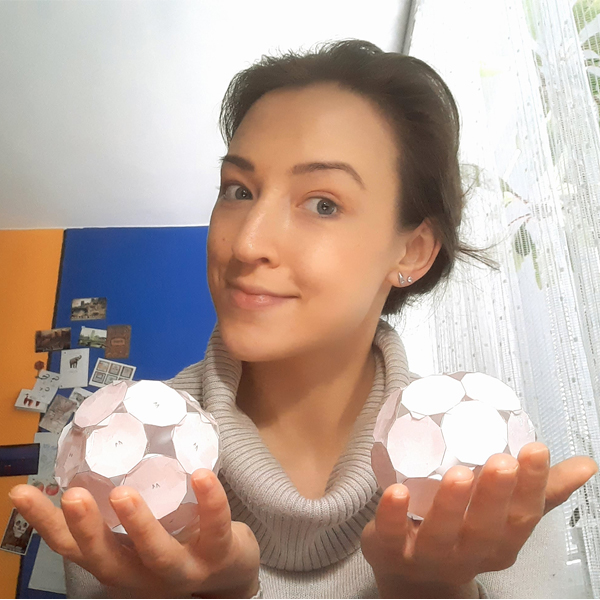
In Heddle Lab I was a member of the Symfonia project (end date April 2021) and the only mathematician so far 🙂 My goal was to understand the geometry of protein cages. Collected and analyzed data during my stay in the lab is the lion’s share in my PhD dissertation at the Jagiellonian University.
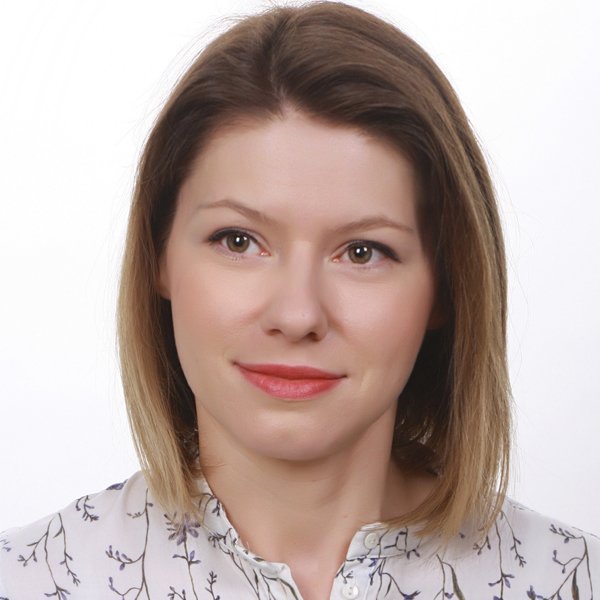
In my work I’m trying to answer the question how designed protein structure scan interact with and effect eukaryotic cells. I`m particulary intrested in artificial protein cages design and production including internal and external modification of cages for its effective delivery to cells and potential application in biomedical research.

Macromolecules have been in the center of my interest, since I’ve entered science. Starting from protein crystallography (MX) I finally found my place in the field of cryo electron microscopy (cryoEM). I obtained a PhD degree in Biology at University of Orleans, FR (2013) and in Biochemistry at Polish Academy of Sciences (2014). Since I joined the Heddle-Lab I work with protein nanocages at all stages of their development. Starting from design, and ending up with beautiful 3D reconstructions directly from cryoEM, which are my main focus.
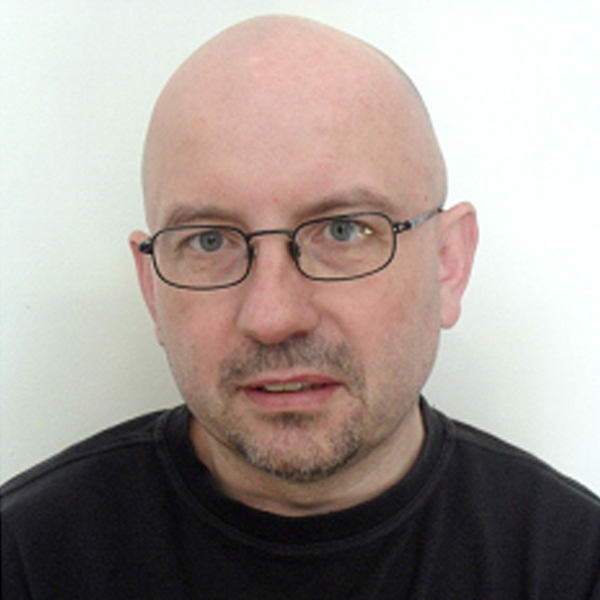
I received my Ph.D. in Peptide Chemistry from the University of Gdansk, Poland. I was a postdoctoral fellow in Biochemistry at National Cancer Institute, NIH, USA. In the Heddle lab, I am interested in the application of peptides in bionanoscience.
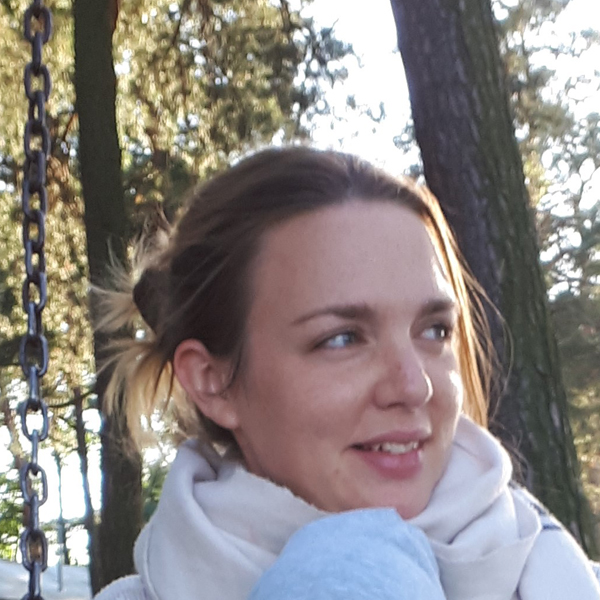
I am primarily interested in topoisomerases and specifically DNA gyrase. I have worked on several projects in Heddle lab involving DNA gyrase from a wide range of organisms including thermophilic archaea and the eukaryotic parasites Plasmodium falciparum and Toxoplasma gondii.
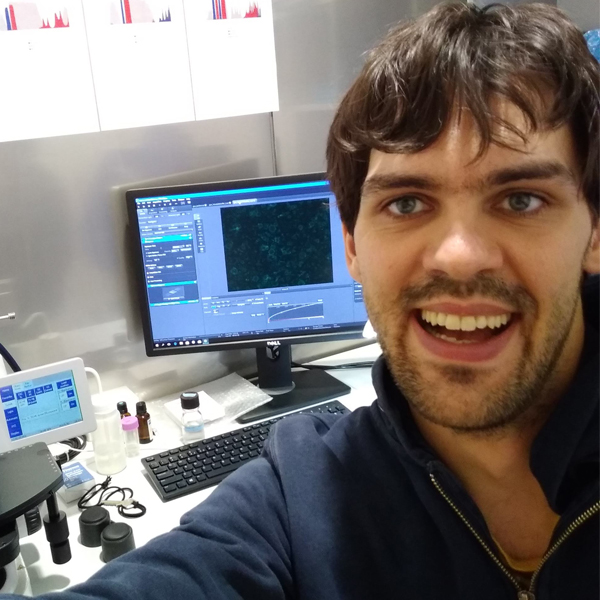
I’m a postdoctoral researcher in the Heddle lab. Primarily I am interested in building novel self-assembling DNA nanostructures and using those to manipulate and control biological matter at the nanoscale. Before joining the lab, I completed my Master’s degree at the University of Hamburg in Germany working on biofilm forming Staphylococci.
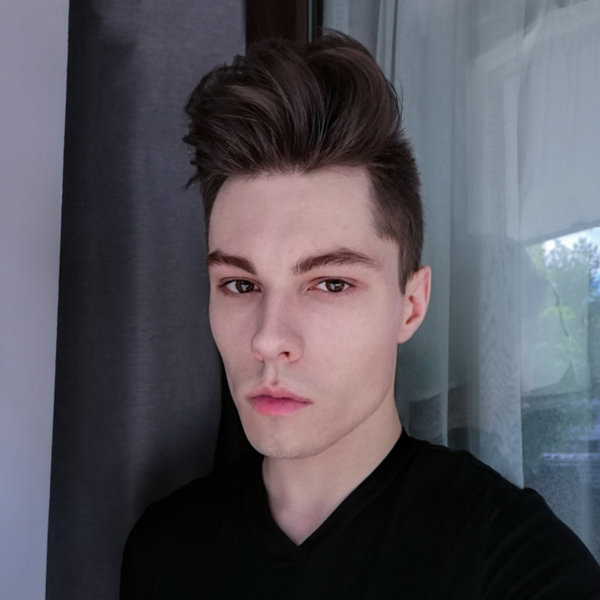
A student researcher pursuing his MSc in Biochemistrywith a focus on biophysical chemistry and bioanalysis. I work within the Azuma subgroup, traversing the tortuous pathways of directed protein evolution, which provide a gradual ascent up to the summit: novel, enhanced variants of molecules. My objective is to harness the unfettered potential of protein cages, either natural or artificial, to engineer supercharged enzymes and fluorescent proteins with potential applications in molecular biology and biomedicine. Who knows where the journey might take me?
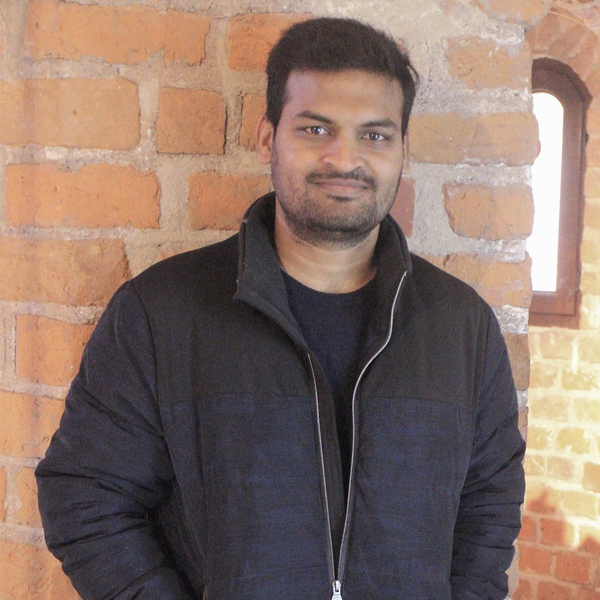
I am a Bioinformatician from India and have joined Heddle’s lab as a PhD student. I am using coarse grained molecular dynamics simulation and studying membrane fusion. Before joining Heddle’s lab, I was working in Indian Institute of Science as a Research Assistant and completed a couple of projects. Outside of the lab, I am interested in photography and traveling.
Orcid Profile: https://orcid.org/0000-0001-9433-7189
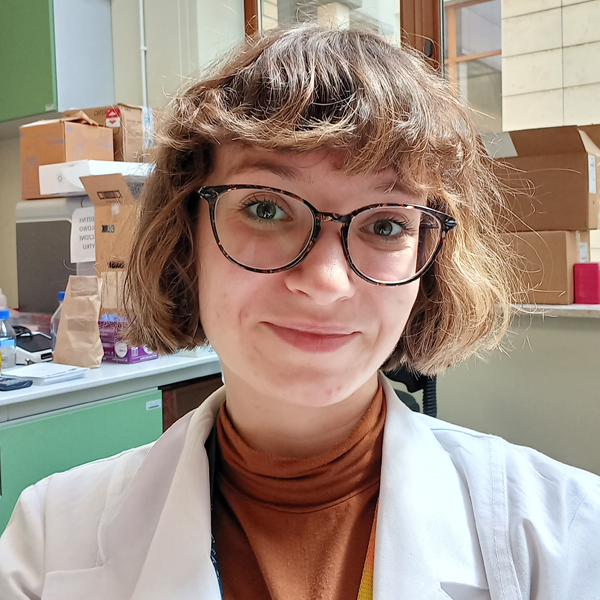
DNA gyrase is one of the most important targets for antibacterial drugs. However, recently it was found in single cell eukaryotic parasites such as Plasmodium which causes malaria and Toxoplasma which causes toxoplasmosis. Better understanding their structure and mechanism of working could lead to future drug discovery. In my project, I am investigating gyrases from those organisms as well as unusual gyrases from highly thermostable Archaea using biochemical, biophysical and structural methods (cryo EM).
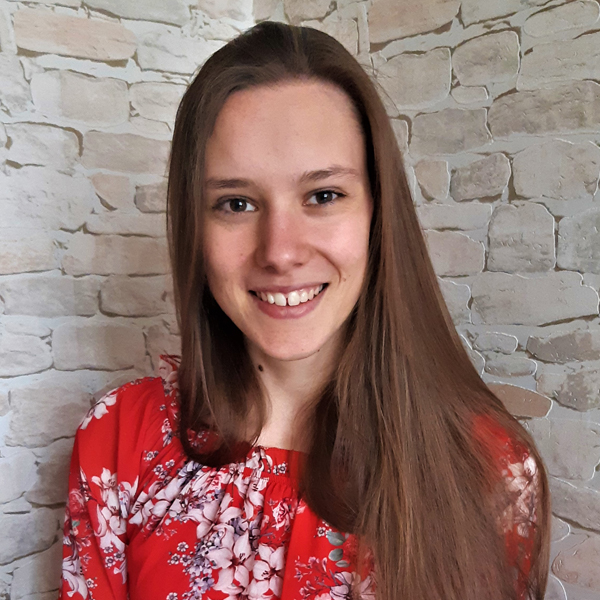
I was raised in a Polish family in Lithuania. I am pleased to work in Heddle Lab as a Master student. My scientific interests include cell biology and broadly defined synthetic biology. In the Lab I focus on the process of mutated TRAP protein assembly into cage-like structures, as well as their cellular internalization pathways and localization tracking. In my free time I sing in a choir and enjoy contributing to someone’s personal growth.
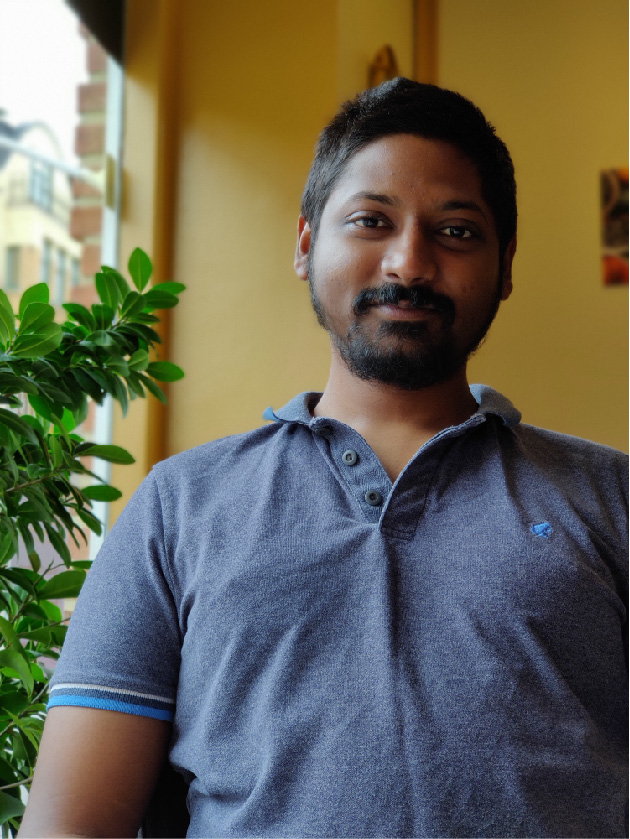
I am from India and working as a Technician in Heddle Lab. My background includes a M.Sc in Biotechnology and a B.E in Biotechnology. I produce different proteins and assist in ongoing projects. My other scientific interests are novel vaccine technologies, probiotics and fungi.
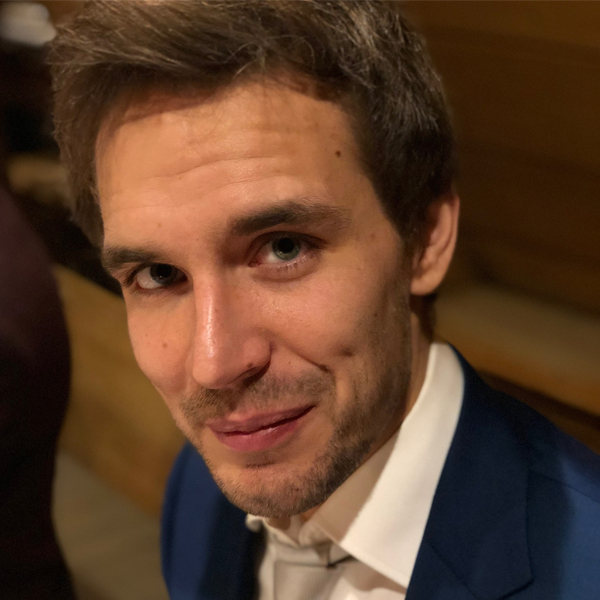
Leader of the Origami DNA subgroup with expertise in DNA nanotechnology, membrane mimetic systems, conjugation chemistry and various spectroscopic techniques. Interplay between proteins and lipids always fascinated me so why not add DNA into the mix? Add to this my passion for LEGO bricks and the only answer is bionanoscience! In Heddle lab I am building DNA-protein-lipid nanorobots for enhanced membrane protein control, novel vaccines and structural biology. My other interests include: Electron Paramagnetic Resonance and making music — that’s why they call me true resonance man.
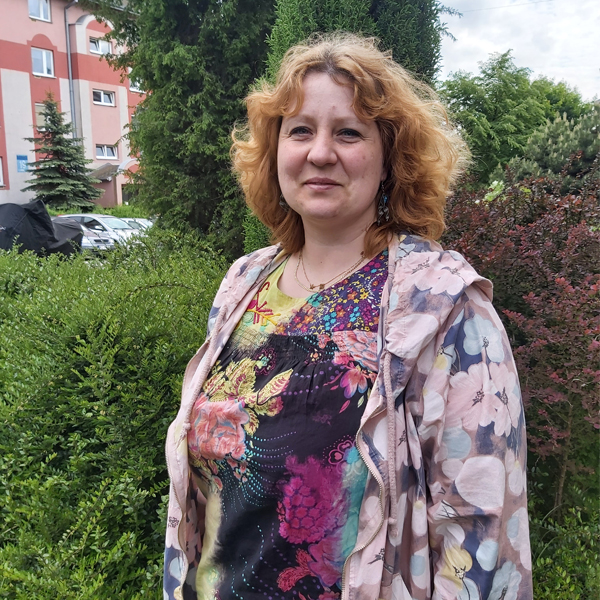
I take charge of both laboratory management and experimental work in the Azuma subgroup as a technician and administrator. I joined the group to explore the innovative world of bionanotechnology and to gain experience in administration in the Polish academic system.
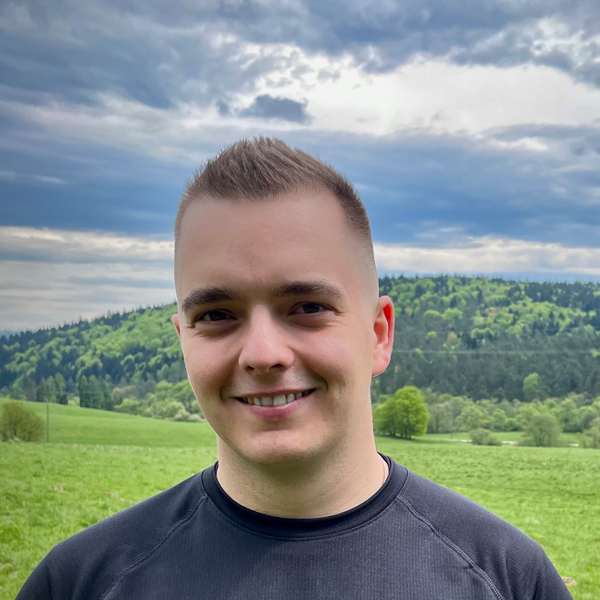
Antimicrobial drug resistance among bacteria is an increasing challenge in clinics. DNA Gyrase is one of the targets for such drugs. That is why, as a PhD student, I focus on investigating gyrase-targeting pentapeptide repeat protein – EfsQnr. This protein was found in genomic DNA of Gram positive bacteria – Enterococcus faecalis, which is a potentially harmful opportunistic pathogen of humans. EfsQnr confers resistance against quinolones – a potent family of antimicrobials. EfsQnr’s biological function and mode of action remains unknown. My aim is to get closer to understanding the mechanism of its interaction with gyrase using biochemical and structural biology methods.
In my spare time I enjoy hiking. I am also interested in ethnography, history and languages.
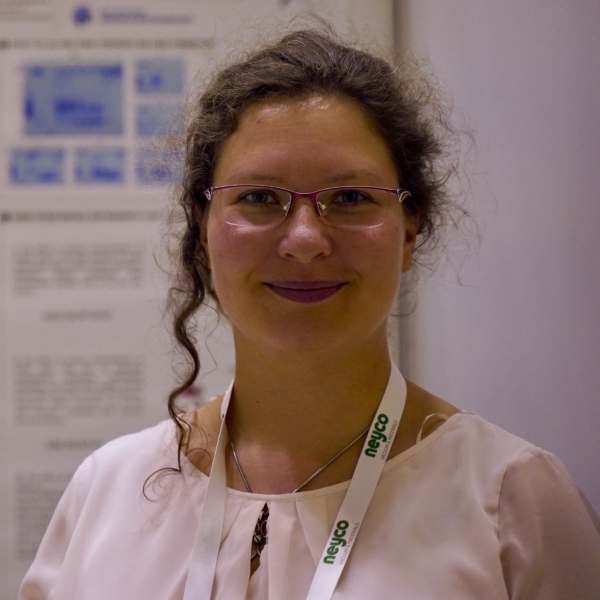
Chemist in bioland 🙂 – work in Heddle Lab enables me to use my chemical knowledge in biochemical applications. My PhD project focuses on the role of gold nanoparticles and metal ions in protein cage formation. I’m also admin support for on-going grants, purchasing process, on-boarding new team mates and organising lab life.
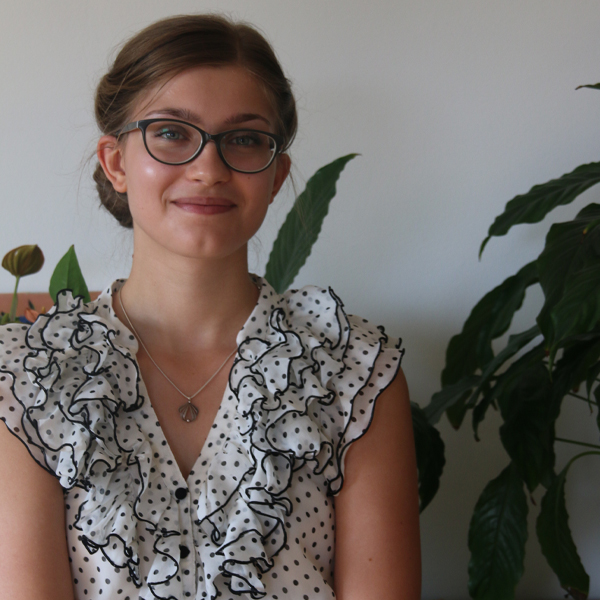
In the Heddle lab, my project is to design and I work as a part-time technician and pursue research for my master’s thesis in the Azuma group. I am studying a master’s course at Jagiellonian University, majoring in Biotechnology. My research concerns different cage structures created by lumazine synthase and kinetics of their assembly.

I am working as an Adjunkt, assistant professor, in the lab since October 2018. With Jonathan, I am reengineering the artificial protein cage composed of the trpRNA-binding attenuation protein (TRAP) for prospective applications in nanotechnology and medicine. Meanwhile, I am also leading my own research subgroup that develops artificial subcellular compartments for storage and catalysis through redesign and evolution of a cage-forming enzyme lumazine synthase. You can find my team activity here, https://www.azumag.com/.
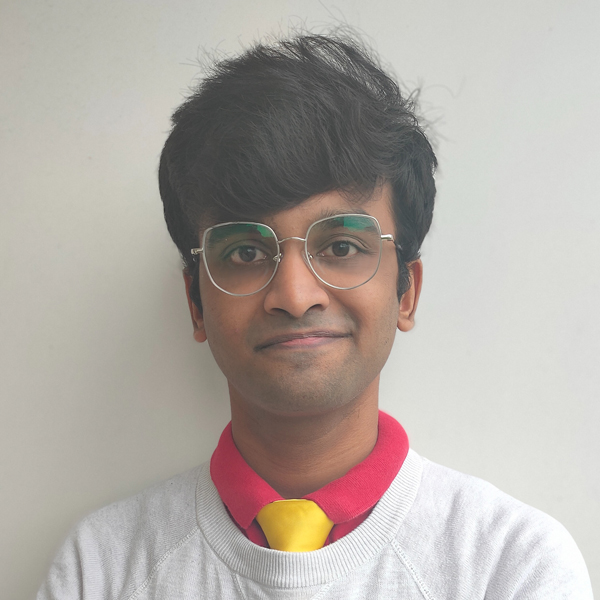
PhD student in the Azuma subgroup working on designing stimulus-responsive protein nanocages. My interests lie in understanding how biomolecules work, and how it can be mimicked and modified to impart useful functionality. In the future, I hope to harness the versatility of biomolecular architectures for applications in organic synthesis reactions, and that one day, drinking tea with milk and sugar will have a more mainstream appeal.
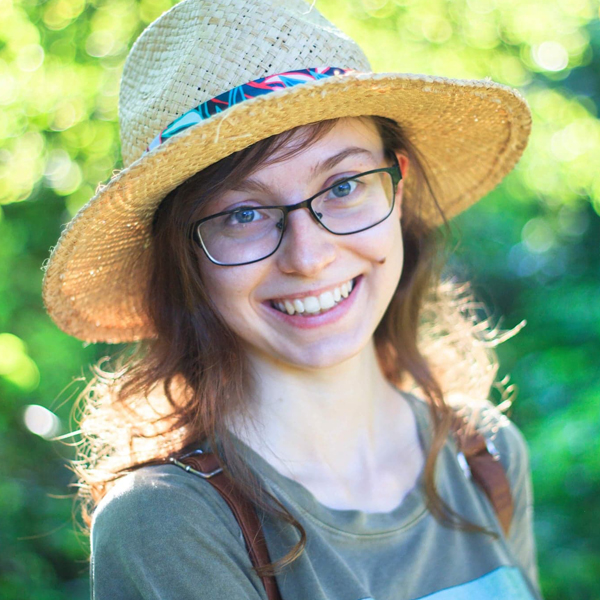
I am a PhD student working in the Maestro group. My research focuses on artificial protein cages delivery into cells. Currently, I am trying to develop a suitable system for tracking cages and monitoring their localization, endosomal escape and cage disassembly within cells. In my private life, I am a nature lover who enjoys spending time being surrounded by beautiful plants.
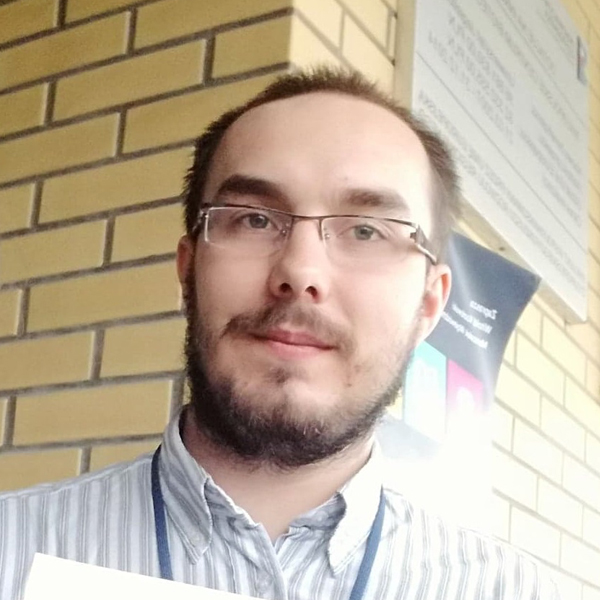
I am a PhD student in Heddle Lab, with a background in biophysics, cancer research and magnetic resonances. I am currently working on modifying artificial protein cages made of TRAP protein for potential use in biomedical purposes, such as drug delivery or modern vaccines. If there is anything interesting to decorate the cage with, then I would definitely like to do it! Privately, a gamer, bookworm, lover of food and cooking and a fan of science also outside of biochemistry, especially physics and astronomy. I am still waiting for the theory of the universe as a protein cage.
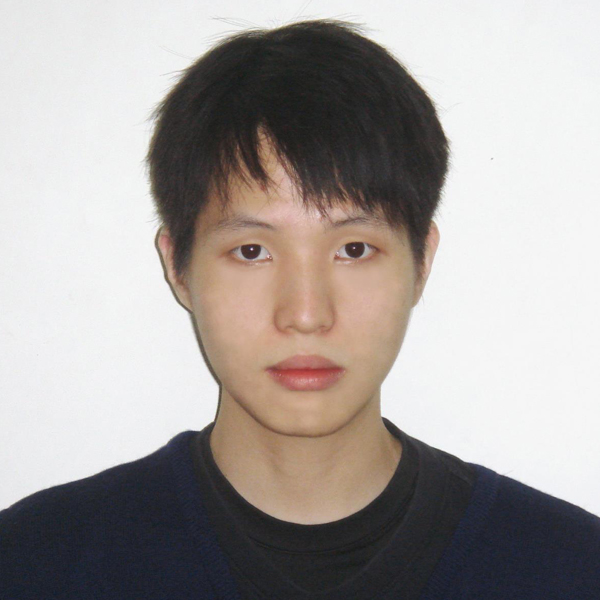
BSc in laboratory medicine and MSc in biochemistry, will be a full-time technician in Heddle’s lab. Particularly interested in exploring all kinds of protein preparation methods.
We are grateful to the various bodies who fund our research:
